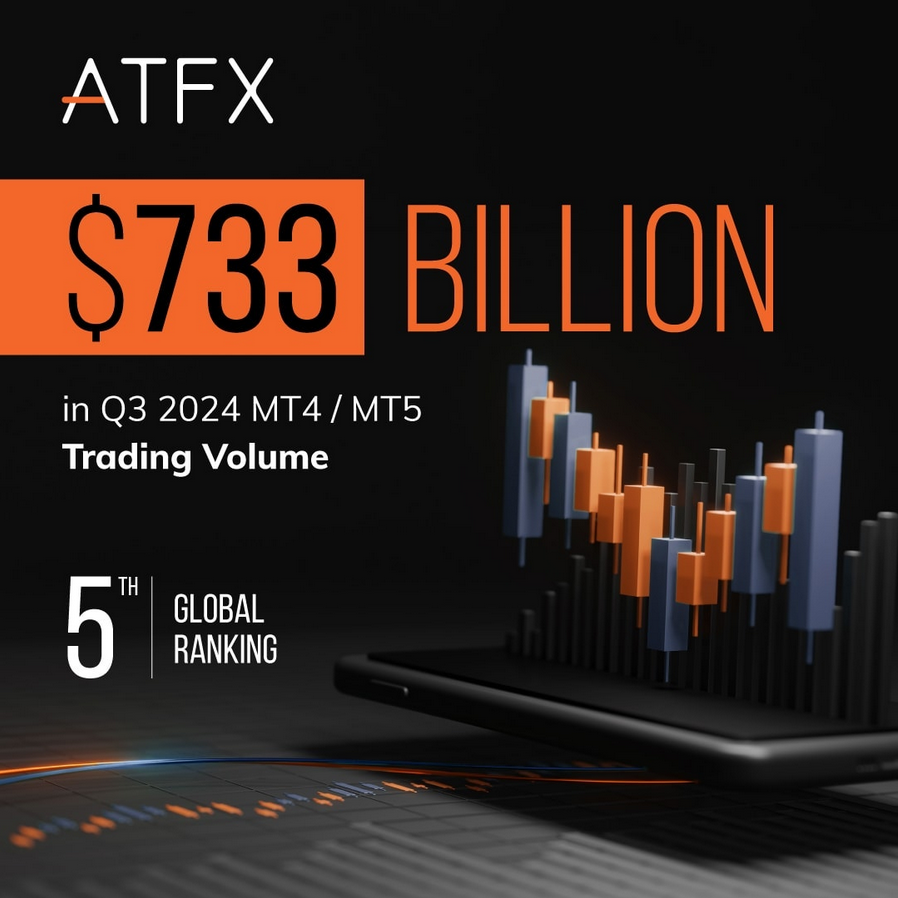The euro remains under pressure as weak economic data raises expectations of rate cuts, while the British pound struggles with lackluster manufacturing figures and policy uncertainty. The Japanese yen faces challenges amid shifting monetary policy expectations and concerns over trade tariffs. Meanwhile, gold continues its bullish trend, reaching record highs as investors seek safety ahead of tariff announcements. Market participants remain focused on central bank signals and economic reports that could influence upcoming moves in currency and commodity markets, balancing risk sentiment and monetary policy shifts.
EUR/USD
Market Overview
The euro remains under pressure amid weak economic data from the Eurozone, particularly a slowdown in German consumer price inflation, which fell to 2.2% in March. Similarly, inflation in France, Spain, and Italy has shown mixed results, increasing uncertainty regarding the European Central Bank’s (ECB) future policy decisions. Expectations for an ECB rate cut of 65 basis points this year remain strong, further weakening the euro’s outlook.
Meanwhile, the U.S. dollar remains supported by strong economic data, including the ISM Manufacturing Index and JOLTS job openings. Any indication from Federal Reserve officials, such as Thomas Barkin, regarding prolonged high interest rates could reinforce the dollar’s strength.
Key Factors Influencing EUR/USD
- Eurozone Inflation: Slower inflation growth may prompt ECB rate cuts, weakening the euro.
- U.S. Economic Data: Strong ISM and JOLTS reports bolster the dollar.
- Federal Reserve Policy: Any hawkish commentary from Fed officials could increase demand for the dollar.
- Geopolitical Risks: The possibility of a trade war involving U.S. tariffs may drive risk aversion.
Support and Resistance Levels
- Support: 1.0785, 1.0755, 1.0677, 1.0602, 1.0561, 1.0466
- Resistance: 1.0858, 1.0918, 1.0947, 1.0979
Forecast
The trend remains bearish, with a possibility of a deeper decline if the euro fails to hold above 1.0785. If the pair consolidates above 1.0858, an upward correction may be observed.
GBP/USD
Market Overview
The British pound faces downward pressure due to weak manufacturing PMI data, which continues to reflect sluggish economic activity. The Bank of England is expected to hold interest rates until the second half of 2025 before potential rate cuts. Meanwhile, the UK government has introduced fiscal reforms aimed at stabilizing public finances, but uncertainty regarding economic recovery persists.
The U.S. dollar’s strength, supported by expectations of continued high interest rates, poses additional challenges for the pound’s appreciation. Key U.S. data releases, such as the ISM Manufacturing PMI and labor market reports, remain crucial in determining near-term movements.
Key Factors Influencing GBP/USD
- UK Economic Data: Weak PMI readings may reinforce concerns about economic slowdown.
- BoE Policy Outlook: A potential rate cut later in 2025 could weaken the pound.
- U.S. Economic Strength: Continued strong labor market data supports the dollar.
- Global Trade Risks: Any escalation in trade conflicts could increase market volatility.
Support and Resistance Levels
- Support: 1.2722, 1.2673, 1.2666, 1.2611
- Resistance: 1.2766, 1.2810
Forecast
The trend remains bullish but close to a reversal point. A move above 1.2766 could sustain the uptrend, while a break below 1.2673 may trigger further declines.
USD/JPY
Market Overview
The Japanese yen remains under pressure due to weakening business sentiment and concerns over the impact of U.S. tariffs on Japan’s export-driven economy. Japan’s unemployment rate unexpectedly fell to 2.4%, but uncertainty remains regarding future rate hikes by the Bank of Japan (BoJ).
The U.S. dollar’s strength continues to be driven by the Federal Reserve’s hawkish stance, with high Treasury yields further supporting the greenback against the yen. However, any significant intervention by Japanese authorities to stabilize the yen could alter the currency’s trajectory.
Key Factors Influencing USD/JPY
- BoJ Policy Uncertainty: The central bank’s cautious stance on rate hikes limits yen strength.
- U.S. Interest Rate Policy: Higher Treasury yields support the dollar.
- Market Sentiment: Risk aversion could temporarily boost demand for the yen.
- Potential Japanese Intervention: Authorities may step in to curb excessive yen depreciation.
Support and Resistance Levels
- Support: 149.55, 149.15, 148.60, 148.25
- Resistance: 150.10, 151.02, 151.32, 152.32
Forecast
The medium-term trend remains bullish, but a reversal could occur if 148.60 is breached. If the pair sustains above 150.10, further gains toward 151.02 are likely.
XAU/USD
Market Overview
Gold has reached new all-time highs near $3,140 per ounce, driven by strong safe-haven demand amid increasing geopolitical risks, particularly U.S. tariff impositions. Investors are hedging against potential economic instability and inflationary pressures.
Despite its bullish trend, gold may face short-term corrections as profit-taking occurs. The key focus remains on whether gold can sustain its gains or if a pullback toward key support levels is imminent.
Key Factors Influencing Gold
- Geopolitical Uncertainty: U.S. tariffs and potential trade conflicts increase demand for safe-haven assets.
- Inflation Trends: High inflation supports gold as a hedge.
- U.S. Dollar Strength: A strong dollar may limit gold’s upside potential.
- Central Bank Policies: Dovish signals from central banks may enhance gold’s appeal.
Support and Resistance Levels
- Support: 3100, 3057, 3037, 3000, 2976
- Resistance: 3150, 3200
Forecast
The overall trend remains bullish. A break above 3150 could push gold toward 3200, while a drop below 3000 could trigger further downside pressure.
Conclusion
- EUR/USD: Bearish outlook with potential support at 1.0785; resistance at 1.0858.
- GBP/USD: Bullish trend nearing a turning point; resistance at 1.2766 is key.
- USD/JPY: Bullish trend intact but vulnerable to intervention risks; watch 150.10.
- Gold: Strong uptrend with support at 3100; next resistance at 3150.









